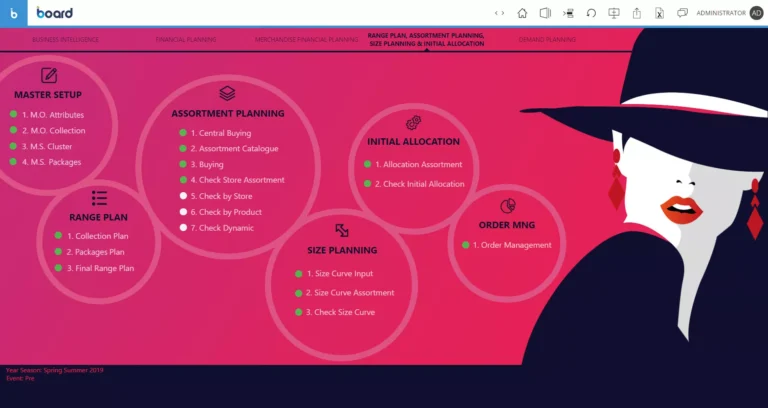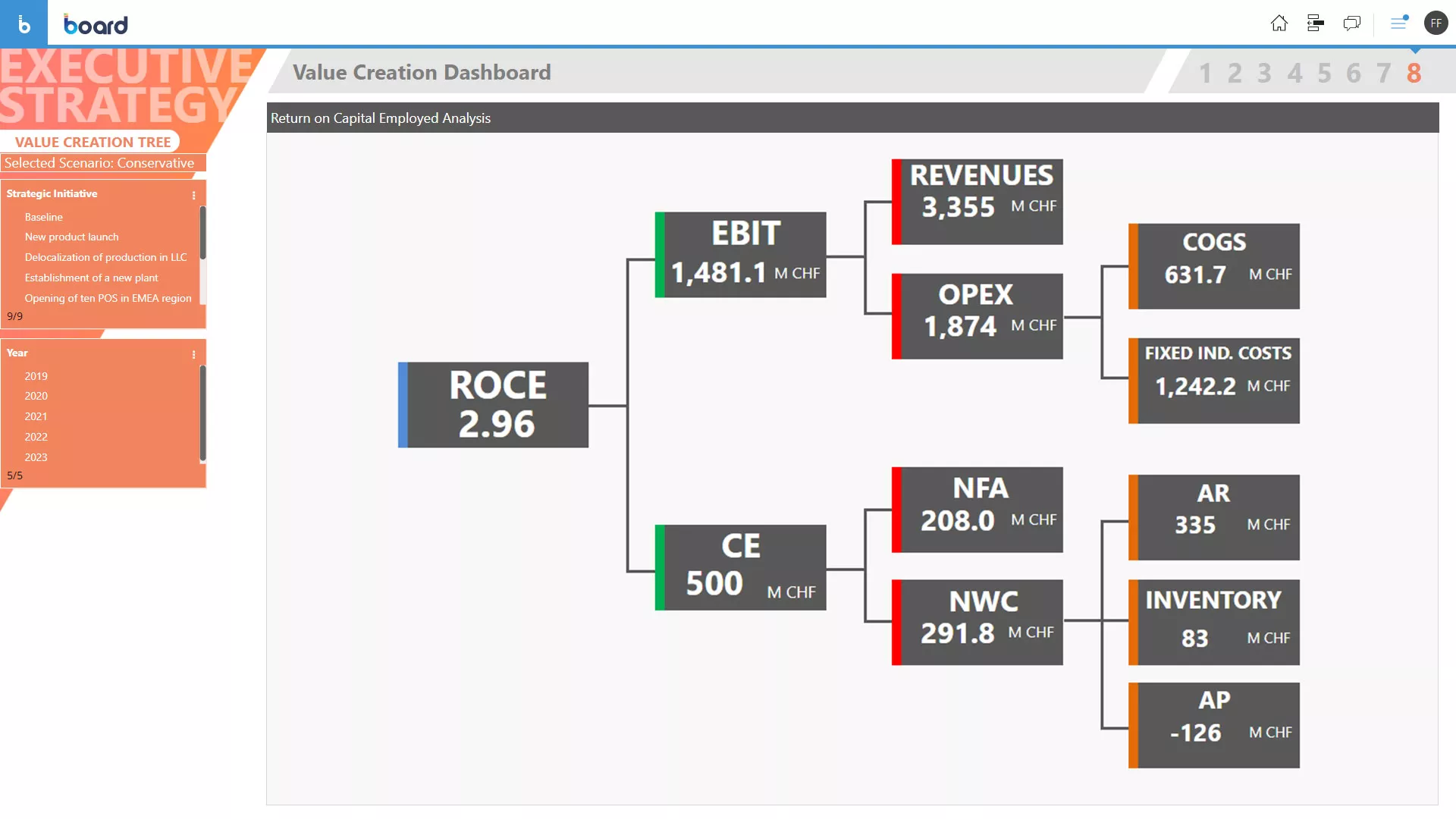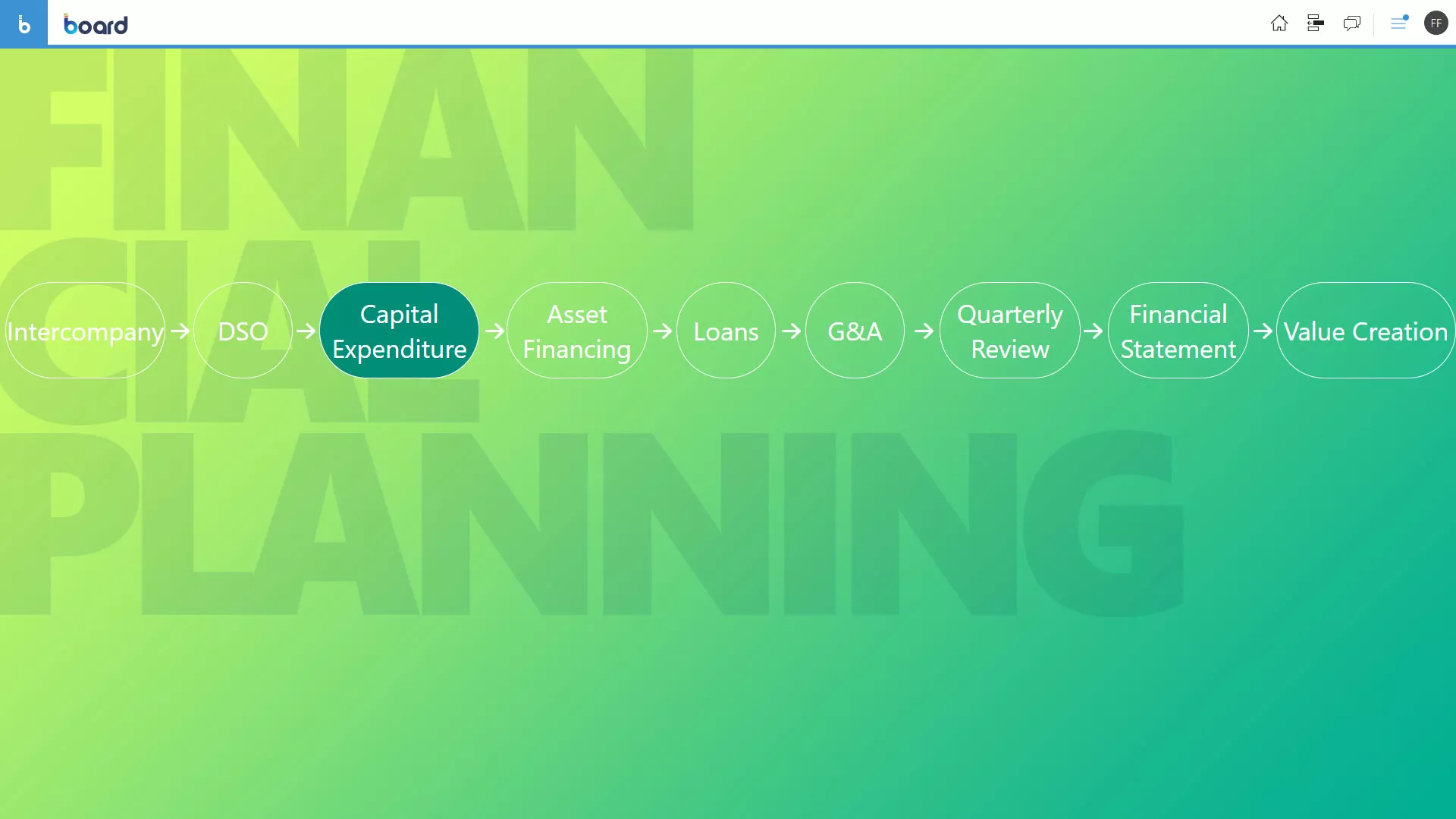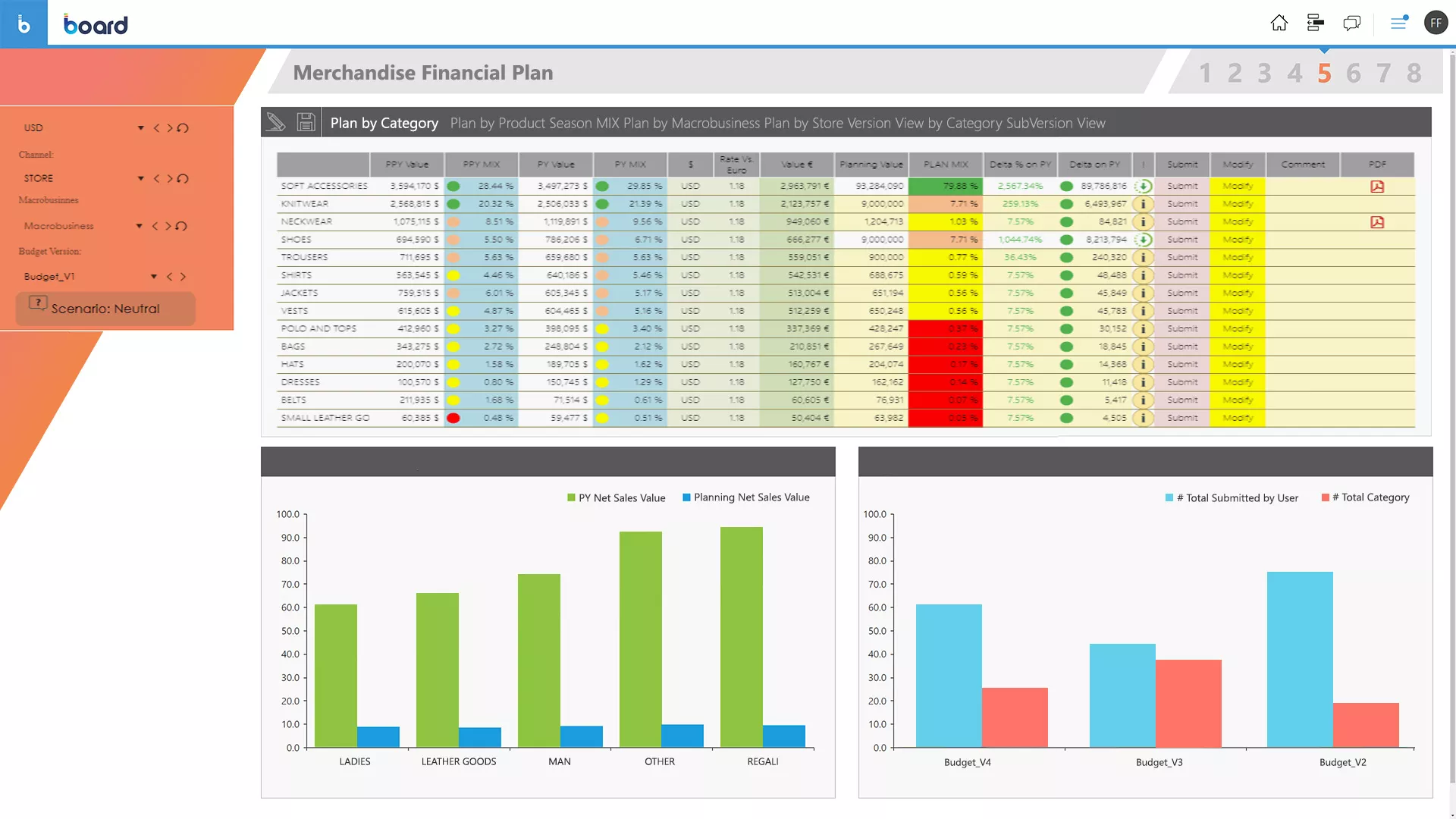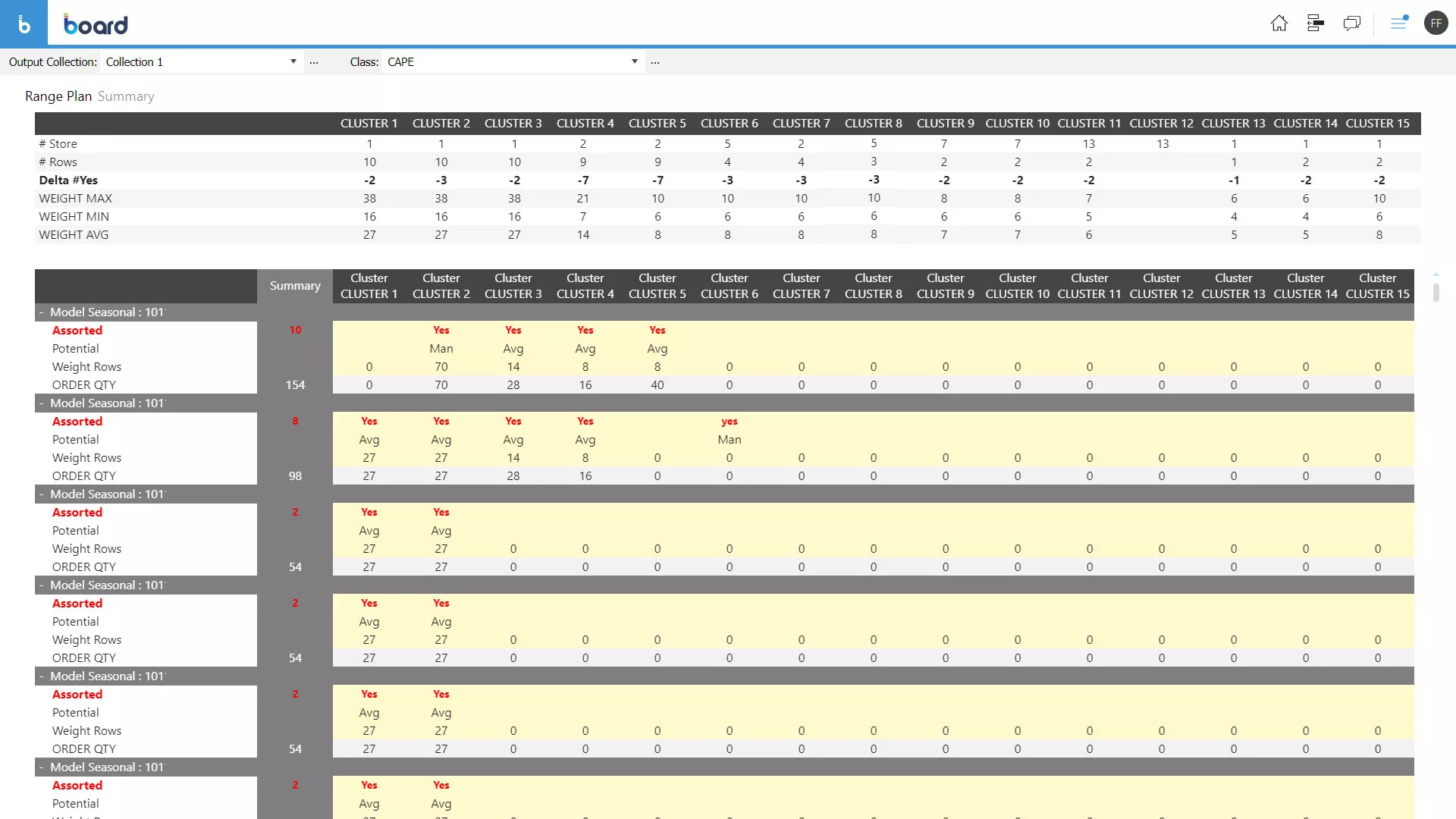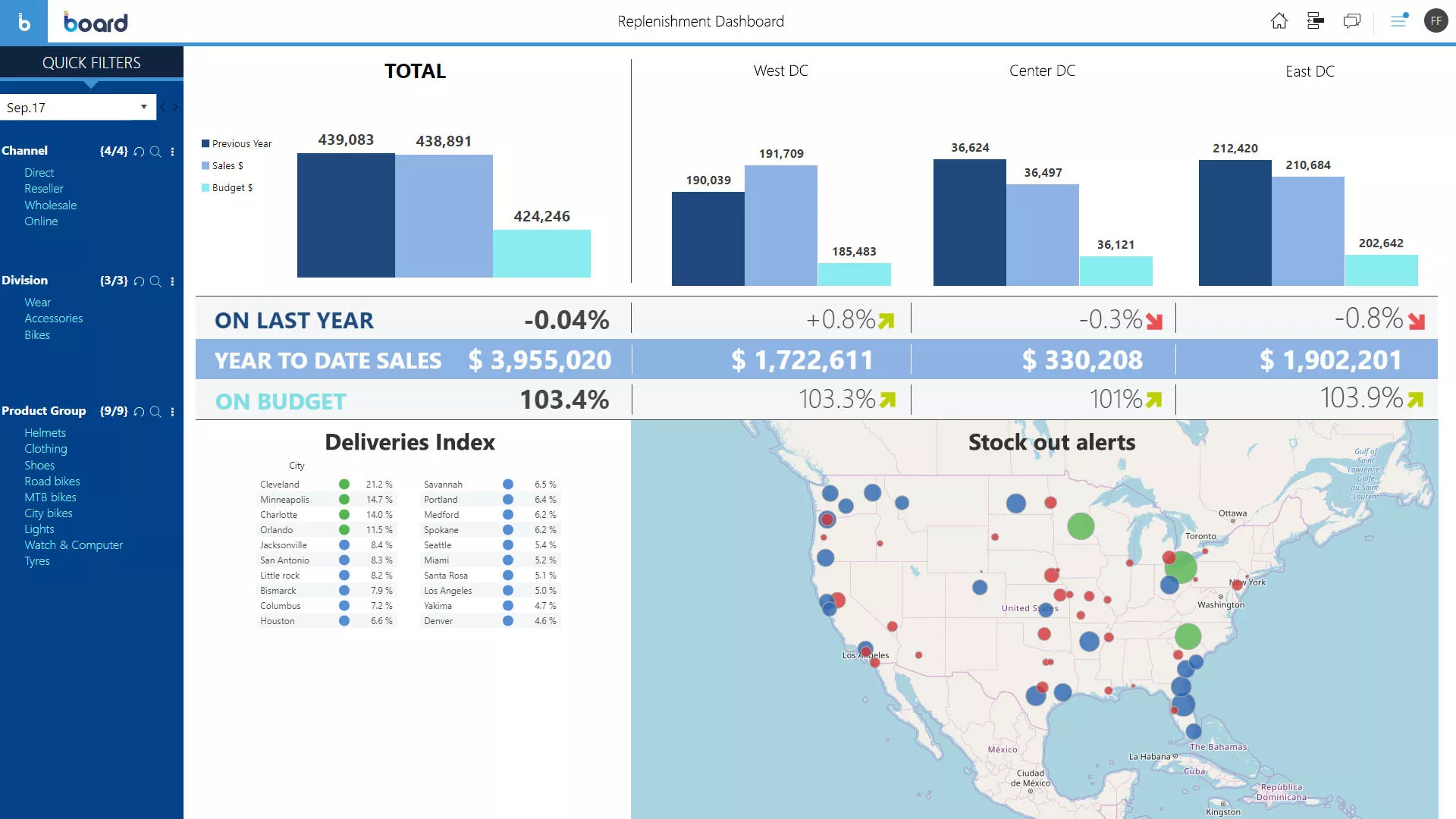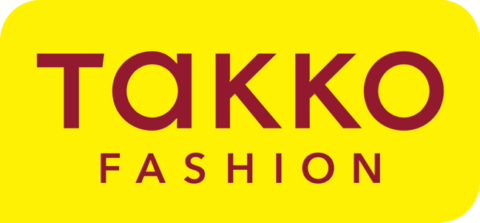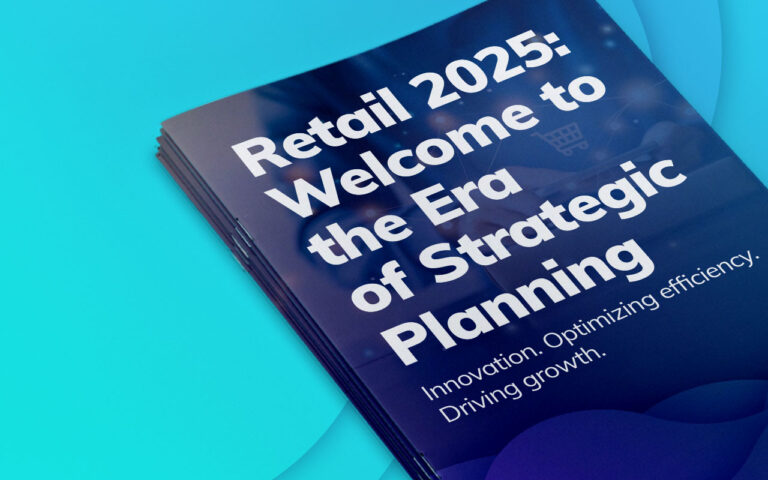
Planning is one of the most difficult capabilities to land successfully. When we were looking for a solution provider, it was clear that Board would be right for us because of its flexibility, and our teams instantly became comfortable with the user interface they would be working with.

